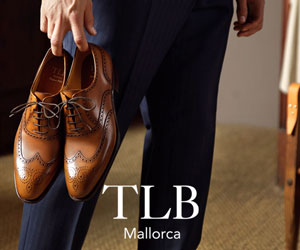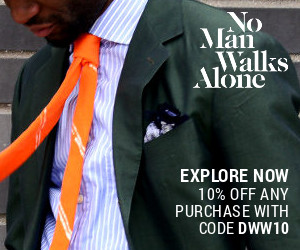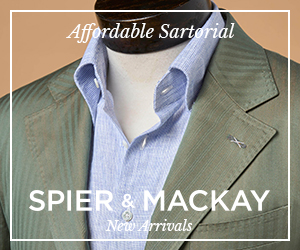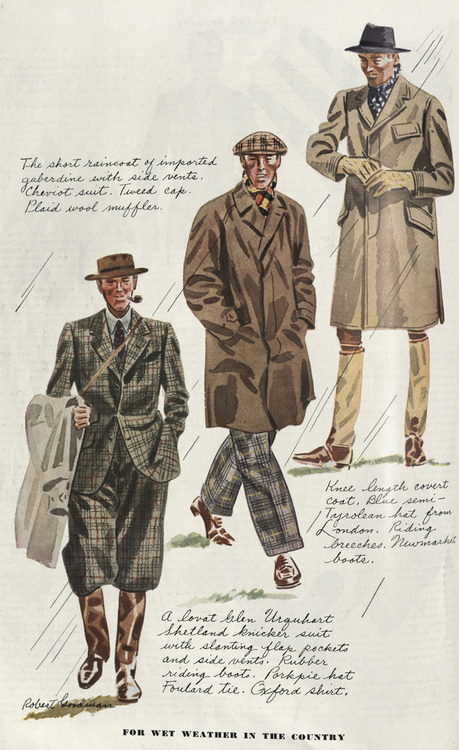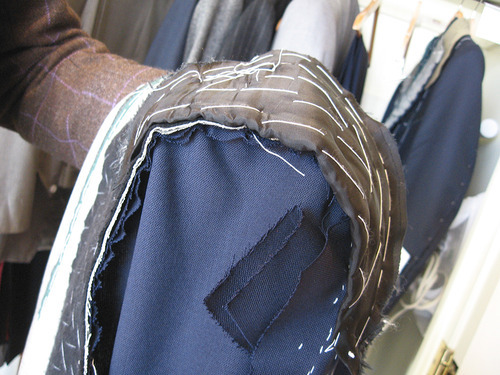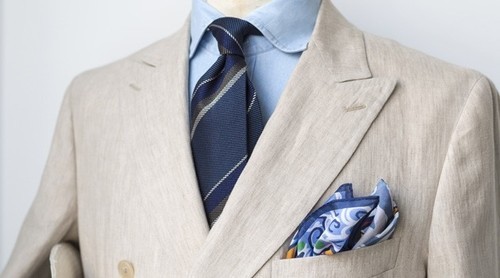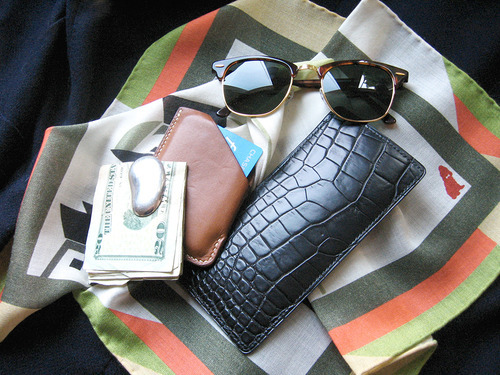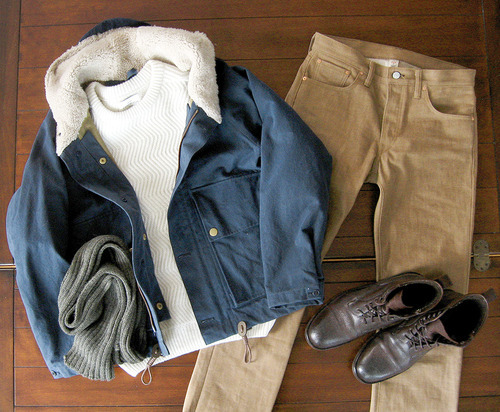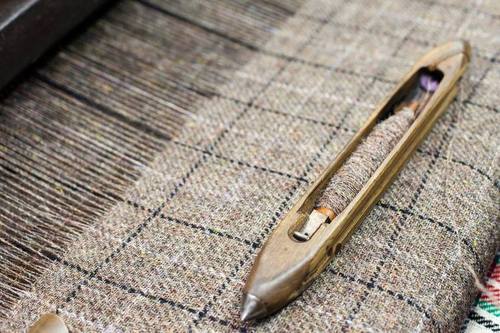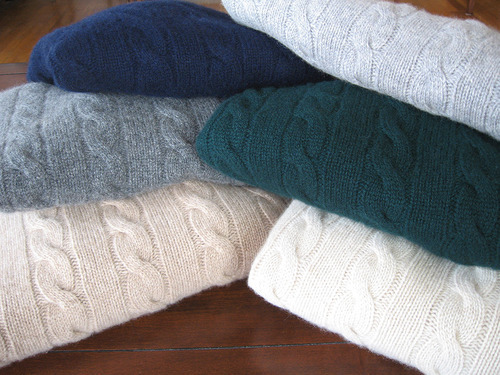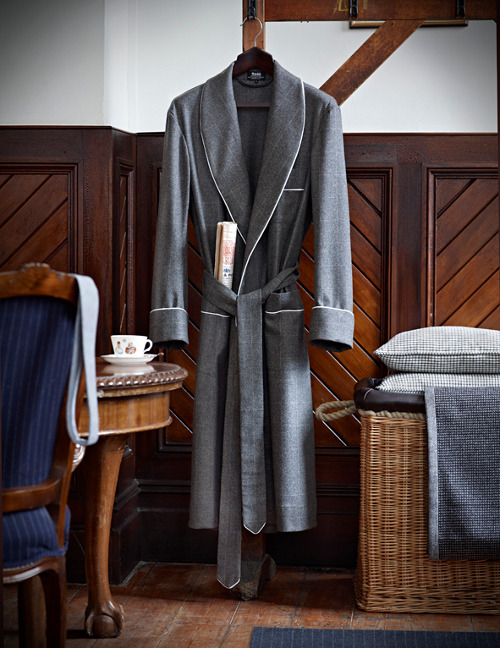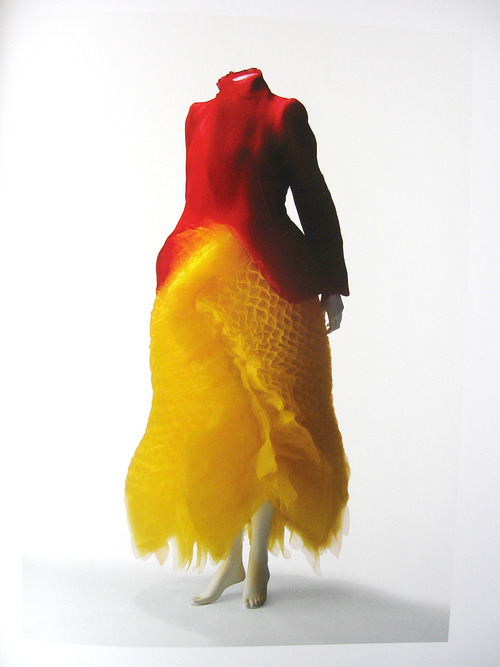
Fashion is a dirty word among tailored clothing enthusiasts. Tailoring is often thought of as being above the frays of fashion, but this oversimplifies the history of suits and misses what’s often exciting about designer clothing. Not all fashion is about trends, even if all trends are about fashion. Just check out the Metropolitan Museum of Art’s exhibit on Alexander McQueen, for example. It’s hard to not get swept away.
Few fashion designers capture imagination as well as those that came out of Japan in the 1970s and ‘80s. Designers such as Issey Miyake, Yohji Yamamoto, and Rei Kawakubo pioneered what can be described as a sort of “Japanese avant-garde.” Although, don’t use that term in public – not just because I made it up, but because all three have said that they resent being pigeonholed by their ethnicity. Miyake and Yamamoto have said that they see themselves more as being part of a “lost generation” – one that grew up on Western culture in Japan, but neither identifies with the West nor the East. Similarly, in an interview in Women’s Wear Daily, Kawakubo said she dislikes being pegged as a “Japanese designer,” while Miyake has noted that he’s trying to create “a new fashion genre that’s neither Japanese nor Western.”
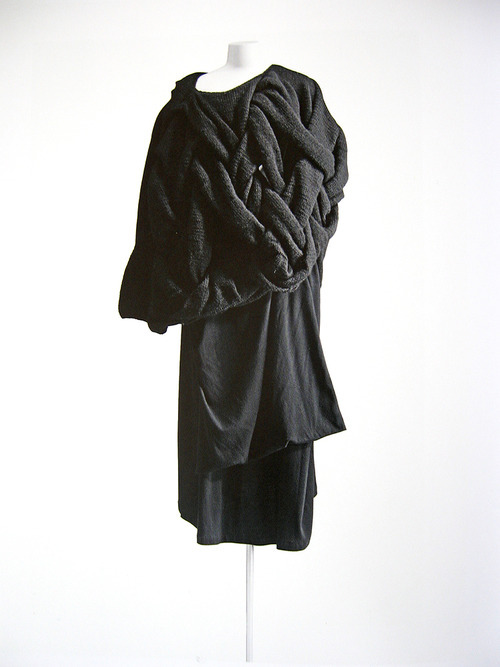
If we don’t call their work Japanese, then it’s at least avant-garde. Their collections heavily rely on varying shades of black, but what feels like a restraint in color is offset by freer interpretations on the modern silhouette. Their asymmetric, deconstructed, and artfully ripped clothes often use holes and other forms of empty space as decoration. This departs from traditional Western modes of patternmaking, which tends to emphasize the human form. For women, that means accentuating a curvaceous bust and hips, but also narrowing the waist. These Japanese designers, on the other hand, seem to shroud the body rather than reveal it. Their work refuses to sexualize the female body, thus challenging conventional notions of gender in dress.
In Future Beauty, Akiko Fukai et al. wrote of these collections:



